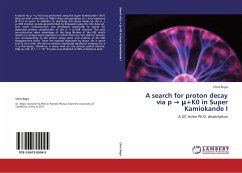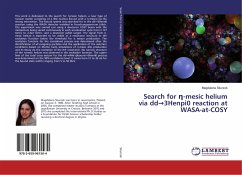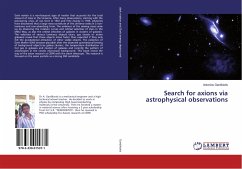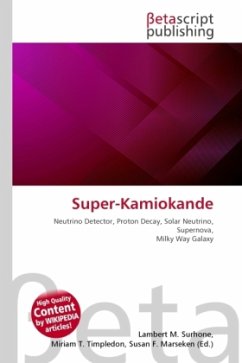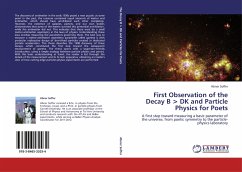A search for p +K0 was performed using the Super Kamiokande I (SK-I) data set with a live-time of 1489.2 days corresponding to a total exposure of 91.2 kt years. In addition to searching this decay mode via the p +K0S channel, previously performed by Kobayashi using the SK-I data set, new event reconstruction was developed specifically to search for separated vertices characteristic of the p +K0L channel. This new reconstruction takes advantage of the long lifetime of the K0L which results in a unique event signature in which there are two distinct vertices; one corresponding to the proton decay point and another at the K0L disappearance point. These are typically separated by about 2m in space and 20 ns in time. We did not observe statistically significant evidence for p +K0 decay. Therefore, a lower limit on the proton partial lifetime, /Bp +K0, of 1.1 × 10^33 years was obtained at 90% confidence level.
Bitte wählen Sie Ihr Anliegen aus.
Rechnungen
Retourenschein anfordern
Bestellstatus
Storno

